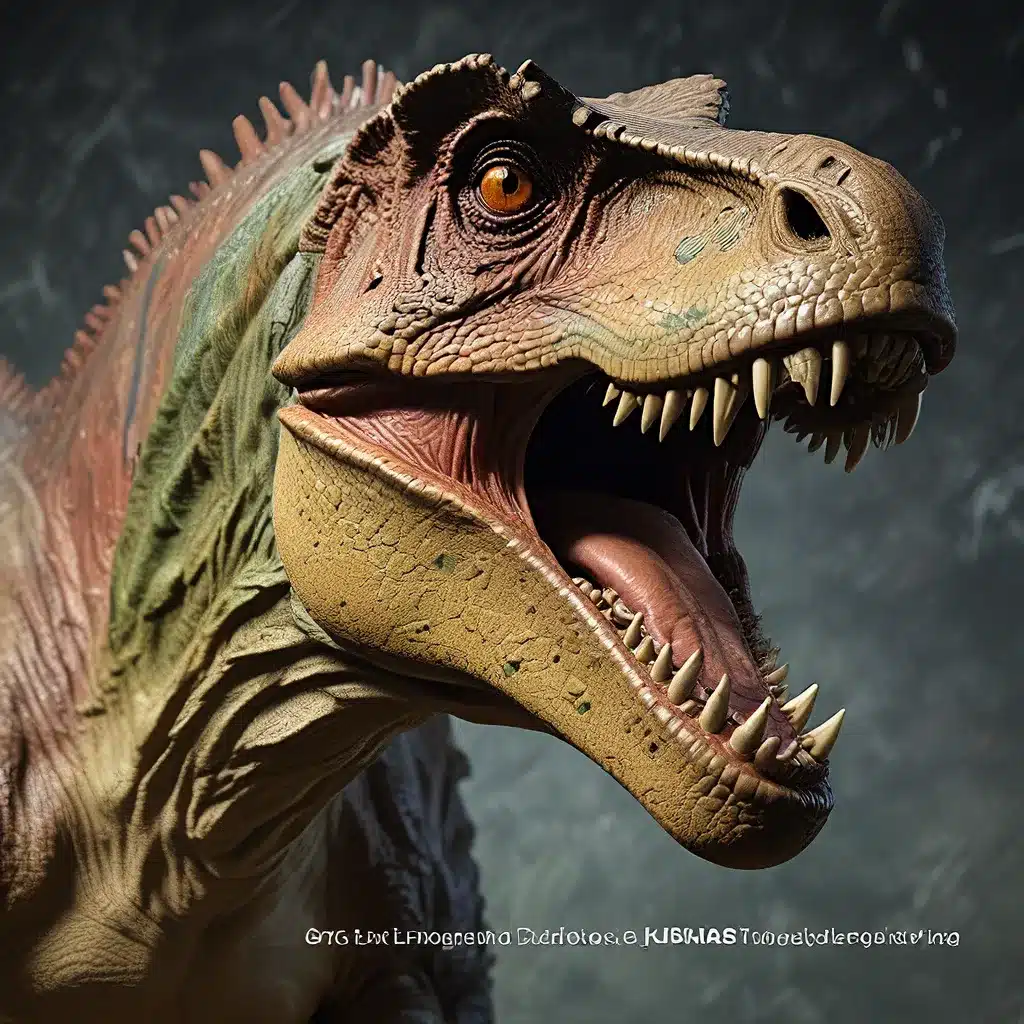
In the ever-evolving world of paleontology, recent discoveries have unveiled remarkable insights into the physiology and biology of dinosaurs, shedding light on these ancient behemoths in unprecedented ways. From the intricate structures of their bones to the complex systems that governed their internal functions, the latest archaeological findings have challenged our long-held assumptions and opened new frontiers in our understanding of these iconic creatures.
Uncovering Dinosaur Skeletons: A Treasure Trove of Anatomical Wonders
The fossilized remains of dinosaurs have long been the primary source of information for paleontologists, allowing them to reconstruct the skeletal structures and physical attributes of these prehistoric animals. However, the discovery of exceptionally well-preserved fossils has revealed a wealth of previously unknown details about dinosaur anatomy.
Recent studies have shown that dinosaur bones were not merely solid, rigid structures, but rather, complex, living tissues that underwent dynamic changes throughout the animal’s lifespan. Researchers have identified intricate vascular networks within dinosaur bones, suggesting a sophisticated circulatory system that played a crucial role in their growth, repair, and overall physiological processes.
Moreover, the analysis of microscopic bone structures has revealed valuable insights into the metabolic rates and growth patterns of different dinosaur species. By comparing the bone histology of various genera, scientists have been able to determine the age and developmental stages of individual fossils, shedding light on the life cycles and longevity of these ancient creatures.
Unveiling the Respiratory Systems of Dinosaurs
One of the most intriguing areas of recent dinosaur research has been the exploration of their respiratory systems. While the traditional view depicted dinosaurs as slow-moving, lumbering beasts, new evidence suggests a more complex picture of their physiological capabilities.
Analyses of dinosaur fossils have uncovered sophisticated respiratory adaptations, including the presence of air sacs and complex lung structures similar to those found in modern birds. These respiratory systems are believed to have allowed dinosaurs to maintain high metabolic rates and efficiently process oxygen, potentially enabling them to engage in more active and energetic behaviors.
Furthermore, the discovery of specialized nasal structures in certain dinosaur species has challenged the notion that they were simply cold-blooded reptiles. These features, which may have been involved in regulating body temperature and facilitating endothermic (warm-blooded) processes, suggest a more dynamic and adaptable physiology.
Unraveling the Mysteries of Dinosaur Reproduction and Growth
Another area of significant progress in dinosaur research has been the study of their reproductive and growth patterns. Detailed examinations of dinosaur fossils, including egg and nestling remains, have provided valuable insights into their life cycles and developmental stages.
Recent discoveries have revealed the presence of parental care and nesting behaviors in various dinosaur species, challenging the common perception of them as cold-blooded, instinctual creatures. The discovery of nesting sites and the analysis of egg and nestling fossils have shed light on the complex social structures and nurturing behaviors exhibited by some dinosaur species.
Moreover, the study of dinosaur growth patterns has led to the recognition of species-specific maturation timelines and the identification of potential growth spurts or developmental milestones. These findings have significantly improved our understanding of how dinosaurs developed from hatchlings to adult individuals, as well as the factors that influenced their growth and survival.
Embracing the Complexity of Dinosaur Physiology
The insights gained from these recent archaeological discoveries and scientific advancements have fundamentally transformed our understanding of dinosaur physiology. Gone are the days of viewing these ancient creatures as simplistic, cold-blooded reptiles; instead, we now recognize them as highly adaptable and sophisticated animals, with complex internal systems and behaviors that rival those of modern-day vertebrates.
As we continue to unravel the mysteries of dinosaur biology, we stand poised to make even more remarkable revelations. The journey of uncovering the true nature of these iconic beasts is far from over, and the excitement generated by each new finding only serves to fuel our insatiable curiosity about the Jurassic past.
Explore the Lost Kingdoms website to delve deeper into the captivating world of ancient civilizations and their lasting impact on our understanding of history.


